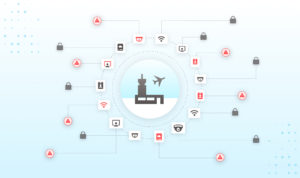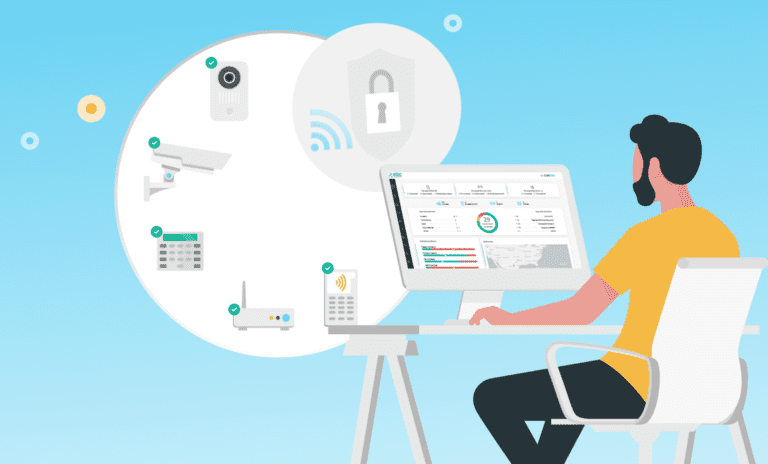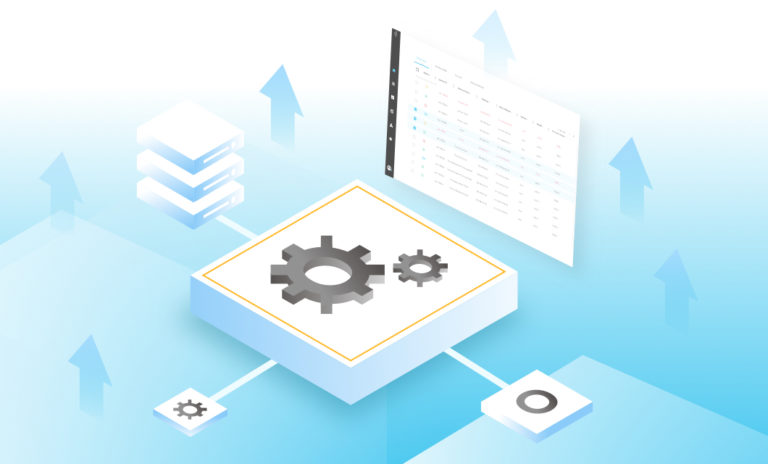Modern organizations face a significant operational challenge: managing their growing fleets of IoT devices. As IoT deployments increase in scale, automatic password rotation is becoming essential.
This was one of the main operational challenges mentioned in a recent survey among organizations managing IoT across various industries.
Due to the time and costs associated with manual password rotation, many survey respondents stated that they don’t maintain or rotate passwords. In other words, they use the same password for every user and every device! This creates significant exposure to security breaches and causes compliance issues.
Due to the lack of automated password management tools for IoT devices – commonly found in the IT space – managing these devices at scale has become a business liability for organizations.
“Most organizations don’t maintain or rotate passwords at all”
(SecuriThings survey, 2020)
Why Password Rotation Automation is Essential in IoT
Password rotation automation is essential for organizations that must maintain IoT deployments – sometimes across multiple and dispersed sites. At scale, the need for automation is further accentuated.

Consider a commercial airport that deploys IoT-enabled HVAC or video surveillance systems (CCTV) to optimize passenger and terminal operations. Infrequent password rotation increases the risk of a cyber-attack on a vulnerable IoT device, which could severely impact airport security and airside operations safety.
This risk is genuine because the procedure of changing default credentials was found to be one of the poorest implemented technical practices by airports using IoT technology (PMC survey, 2019).
Regardless of the industry, organizations typically maintain several types of IoT devices (e.g., video surveillance, access control, HVAC, elevators), each with its management system. Each device may have multiple users, requiring a dedicated password. Following password rotation best practices improves cyber resiliency but is unrealistic in manually maintained large-scale IoT deployments.

Benefits of Automatic Password Rotation
- Automatic password rotation enables organizations to effortlessly update passwords for any number of devices or device groups across multiple sites.
- Using a single password repository, automated password rotation tools ensure compliance with regulatory and organizational policies, allowing IoT and IT teams to protect organizational networks and assets in harmony.
- Eliminating tedious, manual device password updates and introducing automatic password rotation allows users to focus maintenance efforts on more challenging tasks.
- Password rotation automation reduces operational costs. The time, expense, and resources required to update device passwords manually are prohibitive for IoT teams with limited personnel, especially at scale.
Boost Operational Efficiency and Cyber Resiliency with SecuriThings
By implementing robust, automated password rotation standards for IoT device fleets, organizations of all sizes can increase the efficiency of maintenance operations, ensure business continuity, and improve overall cyber resiliency.

SecuriThings brings IT management standards and capabilities, such as automatic password rotation and firmware upgrades, to the world of IoT. SecuriThings Enterprise is a dedicated IoTOps solution that helps organizations manage device operations at scale using data, analytics, and automation.
For more information about how your organization can benefit from automated operations for IoT devices, click here.
FAQs
Why is automatic password rotation important for IoT devices?
Automatic password rotation is crucial for IoT devices because it significantly reduces the risk of unauthorized access and security breaches. IoT devices are often deployed at scale and may be located in remote or difficult-to-access locations, making manual password updates impractical. Automatic password rotation streamlines this process, ensuring that passwords are regularly updated without manual intervention, improving the overall security of IoT environments.
How does automatic password rotation benefit organizations with large-scale IoT deployments?
Organizations with large-scale IoT deployments face unique challenges in managing the security of numerous devices. Automatic password rotation addresses these challenges by eliminating the need for time-consuming manual updates, reducing the risk of human error, and ensuring consistent password hygiene across all devices. This enhances operational efficiency and minimizes the potential for security vulnerabilities that could be exploited by hackers.
Can automatic password rotation help organizations comply with industry regulations?
Yes, automatic password rotation can be a valuable tool for ensuring compliance with industry regulations that often mandate regular password updates for connected devices. By automating this process, organizations can easily maintain compliance and avoid potential penalties or legal issues related to security lapses.
Modern organizations face a major operational challenge: managing their growing fleets of IoT devices. As IoT deployments are becoming increasing larger scale, automatic password rotation is becoming essential.
In fact, this was one of the main operational challenges mentioned in a recent survey we conducted among organizations managing IoT across various industries. Due to the time and costs associated with manual password rotation, a substantial portion of survey respondents stated that they don’t maintain or rotate passwords at all. In other words, they use the same password for every user for every device! This creates significant exposure to security breaches and causes compliance issues.
Due to the lack of automated password management tools for IoT devices – commonly found in the IT space – managing these devices at scale has become a business liability for organizations.
“Most organizations don’t maintain or rotate passwords at all”
(SecuriThings survey, 2020)
Why Password Rotation Automation is Essential in IoT
For organizations that need to maintain IoT deployments – sometimes across multiple and dispersed sites – password rotation automation is essential. At scale, the need for automation is further accentuated.

Consider a commercial airport that deploys IoT-enabled HVAC or video surveillance systems (CCTV) to optimize passenger and terminal operations. Infrequent password rotation increases the risk of a cyber-attack on a vulnerable IoT device, which could severely impact airport security and airside operations safety.
This risk is very real, because the procedure of changing default credentials was found to be one of the poorest implemented technical practices by airports using IoT technology (PMC survey, 2019).
Regardless of the industry, organizations typically maintain several types of IoT devices (e.g., video surveillance, access control, HVAC, elevators) – each with its own management system. Each device may have multiple users, and each user requires a dedicated password. Following password rotation best practice improves cyber resiliency, but is unrealistic in manually maintained large-scale IoT deployments.

Benefits of Automatic Password Rotation
- Automatic password rotation enables organizations to effortlessly update passwords for any number of devices or device groups, across multiple sites.
- Using a single password repository, automated password rotation tools ensure compliance with regulatory and organizational policies, allowing IoT and IT teams to protect organizational networks and assets in harmony.
- Eliminating tedious, manual device password updates, and introducing automatic password rotation allows users to focus maintenance efforts on more challenging tasks.
- Password rotation automation reduces operational costs. The time, expense and resources required to manually update device passwords is prohibitive for IoT teams with limited personnel – especially at scale.
Boost Operational Efficiency and Cyber Resiliency with SecuriThings
By implementing robust, automated password rotation standards for IoT device fleets, organizations of all sizes can increase the efficiency of maintenance operations, ensure business continuity and improve overall cyber resiliency.

SecuriThings brings IT management standards and capabilities, such as password rotation and firmware upgrade, to the world of IoT. SecuriThings Enterprise is a dedicated IoTOps solution that helps organizations manage device operations at scale using data, analytics and automation.
For more information about how your organization can benefit from automated operations for IoT devices, click here.




